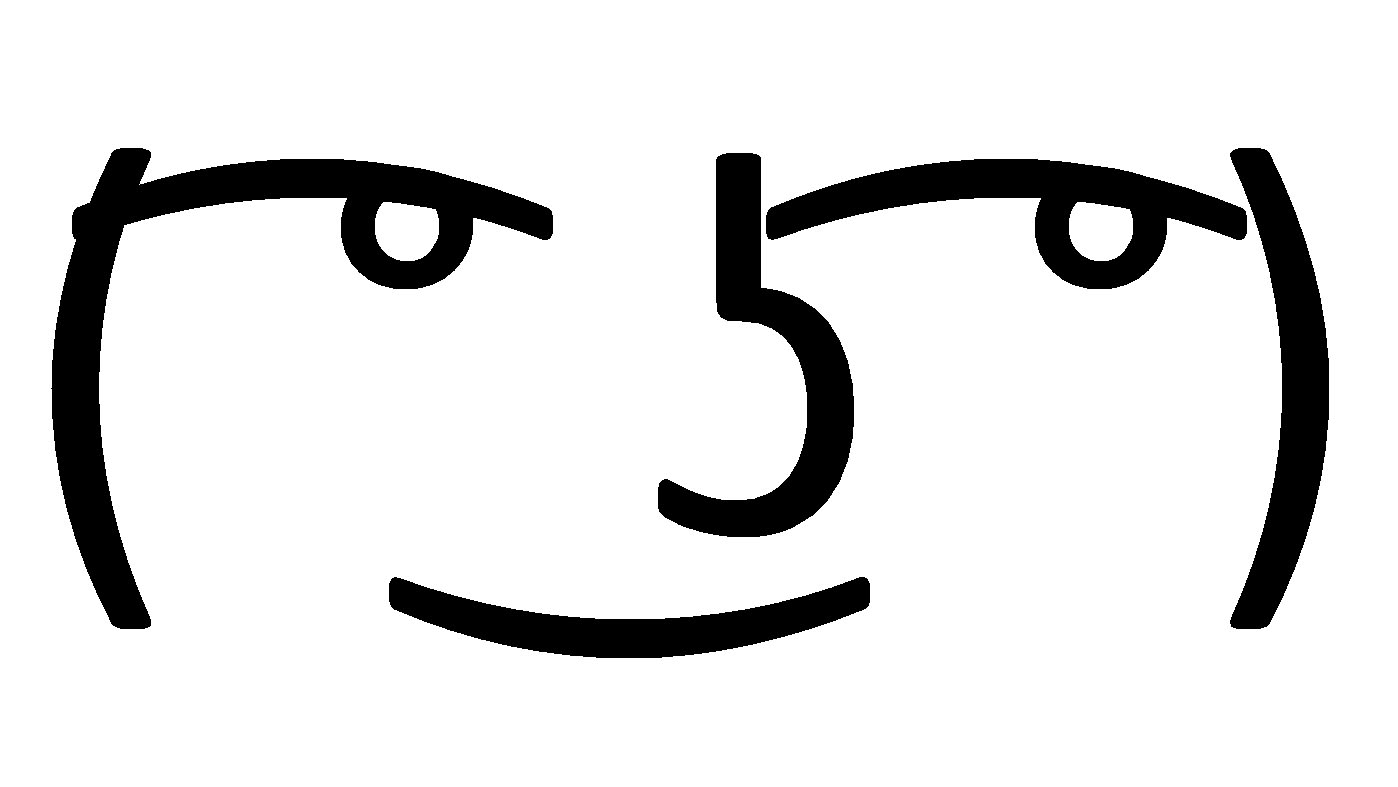- Home
- Divine Lucky Star
- Chapter 465 - Chapter 465: Chapter 464 Martial Arts Instruction Circle
Chapter 465: Chapter 464 Martial Arts Instruction Circle
Li Chuang had been in the business for many years, and his understanding of the industry was more than a notch above Wang Hao’s. He began to enlighten Wang Hao–
“There’s actually quite a lot involved, not just anyone will do.” Li Chuang shook his head and said, “There are a few schools of action directing in the domestic scene, but to put it simply, there are only two types: one represented by Kung Fu in actual combat and the other entering through the traditional Beijing opera school of performance. For example, the protagonist from the blockbuster ‘Martial Heroes’ a few years ago was a classic representative of the real combat Kung Fu style, with an extraordinarily distinctive style. If I were to summarize it, I’d say it’s hard-hitting, with every punch thrown with real power, a constant sense of muscle tension, along with a high-pitched, low-frequency sound, coupled with his characteristic roar. The camera movement is relatively simple, creating a sense of stage or ceremony–a cycle of appearance–combat–reappearance. In the end, it conveys a sense of pain that then feels real. Actually, having Master Yuan in there was more of a tribute, but it didn’t really serve any practical function…”
So, there are such intricacies?
Wang Hao thought about it–could Bruce Lee from his previous life have been categorized like this?
“The hard style also includes Master Zhang Jialiang, a direct descendant of the Hong Family Fist,” Li Chuang continued to explain to Wang Hao, “The forcefulness of the Hong Fist is well-known; thus, you can see a lot of its influence in Liu’s movies. The Hong Fist itself involves expansive movements, which makes it great for action sequences. When Liu incorporated it into films, his style carried a tough manliness, or should we say, a romanticism about being a man. But it places very high demands on the actors; first off, you need actors with relatively long limbs, and second, the movements have to be precise because such extended martial arts movements will look really bad if not executed well.”
“The action design is very realistic; each move sets a standard. However, it’s not quite fluid–but that’s intentional. When two people fight, it looks a bit like a PowerPoint presentation; each time their bodies make contact, there’s a slight pause. This kind of choreography has a significant advantage because it allows the audience to follow easily, enhances the sense of realism, and gives a little anticipation for the next move. But Liu loves to intersperse some details into the action, such as hooking the foot or clawing with the hand.”
That quite resembles the grappling techniques often seen in Martial Heroes films.
It seemed as though Li Chuang didn’t think this was a perfect fit.
“True,” Wang Hao nodded, “Our movie wouldn’t really suit action directing that emphasizes one punch at a time.”
“Exactly,” Li Chuang continued, “So, this first type won’t work. So, what about the second type? That is the tradition derived from the Doctrine of the Mean. Representatives of this type of action directors are two individuals, Hong Bin and Li Long. It’s tough to pin down their style, so lazily I’ve used the term ‘Doctrine of the Mean’ to describe it. Looking over their careers, there seems to be no form they aren’t good at, but also none they excel in overly much. Their cool-headed style is probably their most distinctive trait. They can make martial arts the highlight of a film, but they can make the action sequences exciting without taking away from the drama. It seems like every martial arts movie has traces of them, yet they’re not like a glaring brand that catches your eye. They are that perfect barrel where you can never find the shortest stave.”
“If we were to point out the biggest difference between the two, Hong Bin excels in group scenes. His ability to arrange group scenes is outstanding–orderly but not chaotic, chaotic but not frantic. A large number of martial artists can move through a scene in an orderly way, appearing powerful but not like a disorderly street brawl. Especially in one-versus-many situations, the sequencing of opponents, the placement of each person, the intercutting of the camera, and the cohesion of the movements are all points of interest.”
“Li Long, on the other hand, is known for his solid, robust actions combined with exaggerated humor, earning acclaim and recognition with this down-to-earth style. This humorous style makes you feel that those who know Kung Fu are human, feel pain, and need to fold when necessary. After this personal style became established, it ran through his entire film career, becoming a distinct personal stamp and selling point. Furthermore, Li Long’s martial arts choreography likes to replay the key moments of important strikes, and he has a special way of doing so. For example, a strike is divided into ‘start of the move,’ ‘the strike,’ ‘post-strike’–these three parts. Let’s call the ‘start of the move’ part A, the ‘strike’ part B, and ‘post-strike’ C. A, B, C correspond to the shots 1, 2, 3. A normal director would play them in order: 1–2–3, and you’d see ABC. But not Li Long! He would take the strike from part B and shoot it again from angle 3, which we’ll call -3, and then play it before shot 3, so you end up seeing 1, 2, -3, 3, a total of four parts. Although it makes the sequence a bit longer, because the strike is played twice, it feels visually more powerful! Of course, these special effects are fine for martial arts, but for our Martial Heroes genre, it’s not really useful.”
This is like a little Jianghu within the Heavenly People’s Republic’s martial arts world. Who would have thought that there’s so much philosophy within action directing?
——————————–
If you find any errors ( broken links, non-standard content, etc.. ), Please let us know via our discord so we can fix it as soon as possible.
















































